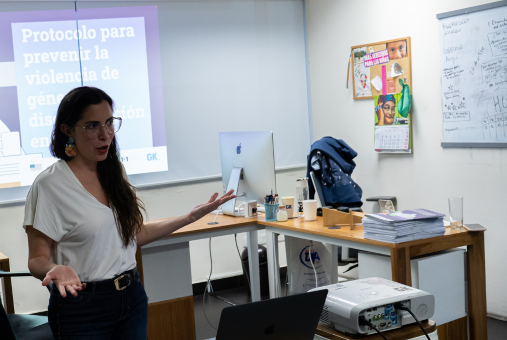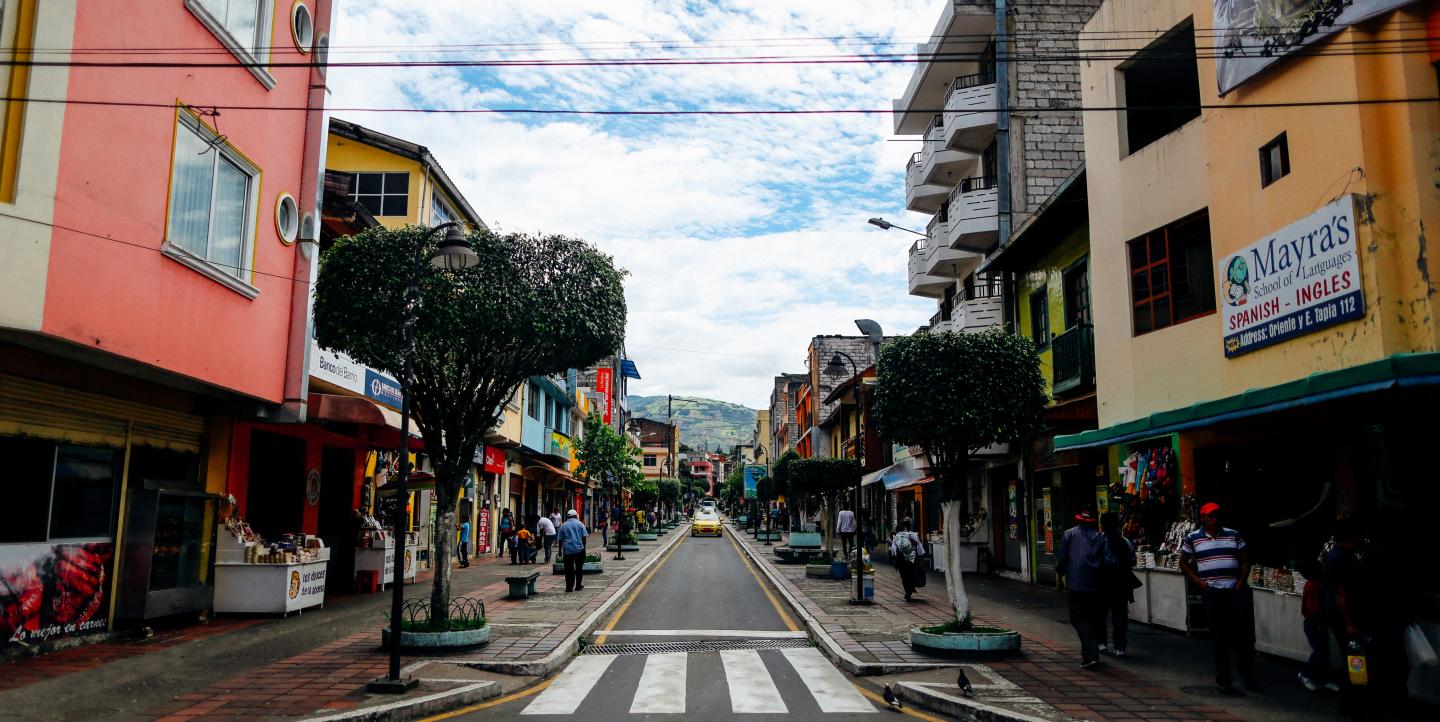Violence in workspaces, such as bullying and sexual harassment, is always criss-crossed by power relations, both among colleagues and between bosses and employees. These relationships often mirror structural inequalities in society, such as discrimination against women and LGBTQ+ people, who are therefore more vulnerable to this type of violence. To address this problem in newsrooms and media outlets, the digital news outlet GK and the Rights and Justice Observatory (ODJ, by its Spanish acronym) have developed a protocol to prevent gender-based violence in these spaces and make them safer for people who work there.
The "Protocol for prevention and attention to gender-based violence and discrimination for media in Ecuador" was released at the end of April. It was carried out between 2022 and 2023, in partnership between the two organizations and the news outlets Indómita and Edición Cientonce. Through anonymous questionnaires, focus groups, and individual interviews, 56 journalists and newsroom workers across the country shared their experiences and demands with the team that created the protocol.

The document defines several terms related to gender violence in the workplace, such as "psychological harassment," "sexual harassment," and "discrimination," exemplifying situations that characterize each of these types of violence. It also presents the legal framework in Ecuador on the subject and offers a way for the media to establish mechanisms to prevent violence, receive complaints, investigate them, penalize proven cases, and offer reparation measures to victims.
Although it was created from research conducted with media workers in Ecuador and is based on that country's legal framework, the protocol offers guidelines that can be adapted for any newsroom.
Isabela Ponce, cofounder and editorial director of GK, told LatAm Journalism Review (LJR) that in 2019 she had already been thinking about how to bring the issues she covered related to women's rights into the newsroom. According to her, harassment in newsrooms was a topic of conversation with colleagues. "This violence is super common, but it's not usually talked about as much," she said.
Later that year, allegations of sexual harassment against Guatemalan journalist Martín Rodríguez Pellecer, founder and then director of the Nómada website, became public. Ponce said that the case was a "trigger" that made her think that "something needed to be done, and soon," about the issue.
She spoke with María Dolores Miño, lawyer and executive director of ODJ, because the organization already had experience with developing protocols for violence prevention in other venues, such as universities. The partnership was put on hold until 2022, when it was possible to get funding through a call for submissions from the US Embassy and Consulate in Ecuador. To strengthen the project, they invited two news outlets to participate: Indómita, focused on feminist journalism, and Edición Cientonce, which has coverage focused on sexual and gender diversity.
The protocol is a first step: “The first step for me is obviously to be able to talk about it. That is, to be able to talk about this difference in how women and gender diversities inhabit work spaces in the media,” Ponce said.

Doménica Rodríguez, ODJ's gender coordinator, told LJR that the people who answered the questionnaires, participated in the focus groups, or in the individual interviews shared some "pretty heavy stories," which highlight a normalization of situations of violence within newsrooms.
“In the surveys we were also told that if you get to a situation of denouncing, there are no next steps. That is why we, within the protocol, tried to address the issue of reparations and measures of non-repetition. What we found was that there is no clear road map on what to do in these cases, and many times it remains an open secret, or it remains in silence and nobody does anything about it,” she said.
In addition to making the protocol freely available online, the GK and ODJ teams have made presentations in newsrooms in several cities in Ecuador, to socialize it with journalists and news managers. They have already been to Quito, Guayaquil, Quevedo, and Cuenca, and plan to take it to more cities.
Ponce said that, so far, the feedback from journalists who have participated in the presentations has been "super positive.” According to her, "they are able to question certain things" by learning about the different types of violence in the workplace.
“The idea is for journalists to have it, consult it, consume it, and not leave it sitting in a box,” she said. “I believe the most complex aspect will be the channels of denunciation and support, but they have to be created. There’s a lot to be done.”
This article was originally published by LatAm Journalism Review and is reproduced here with permission.

